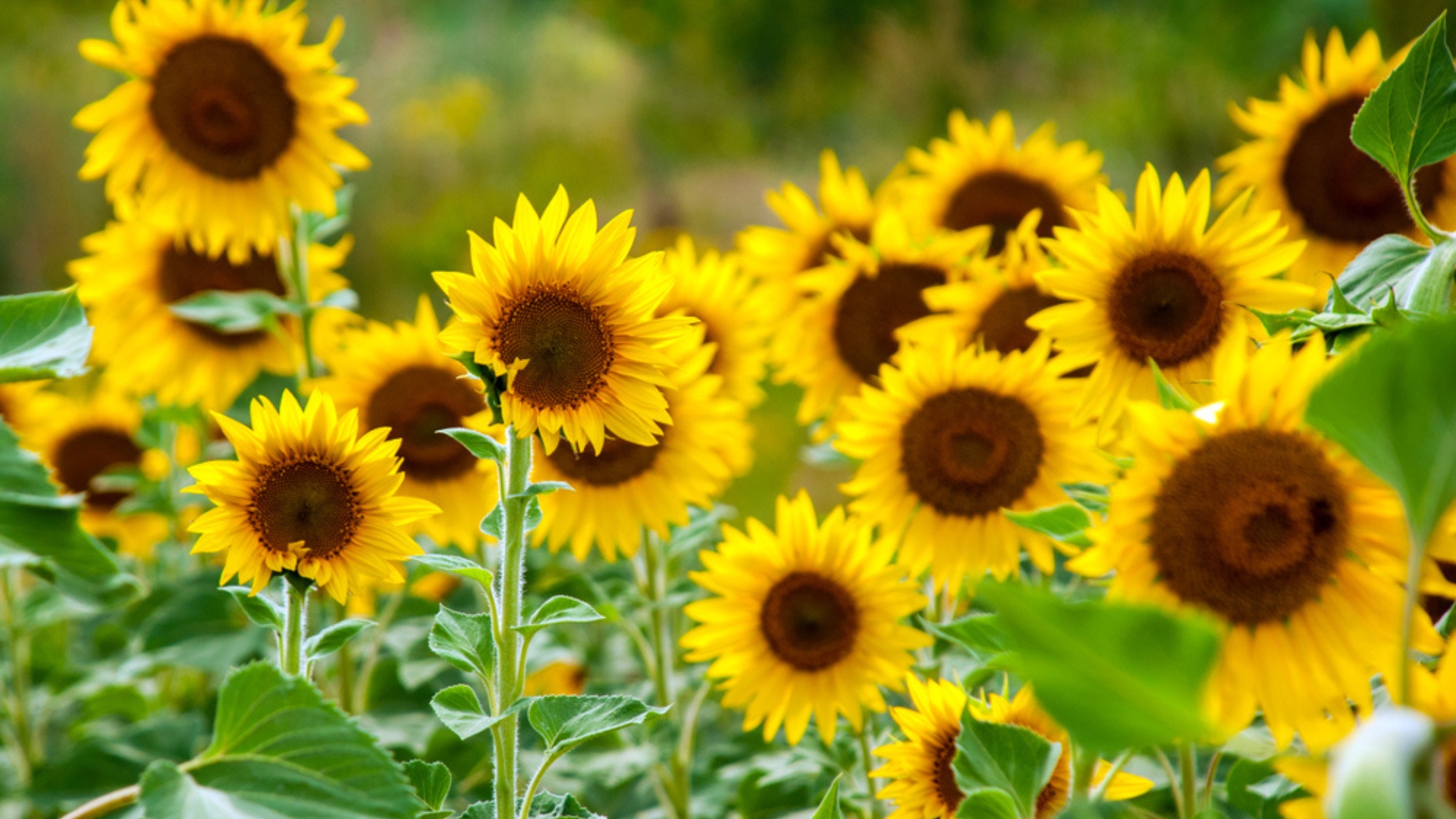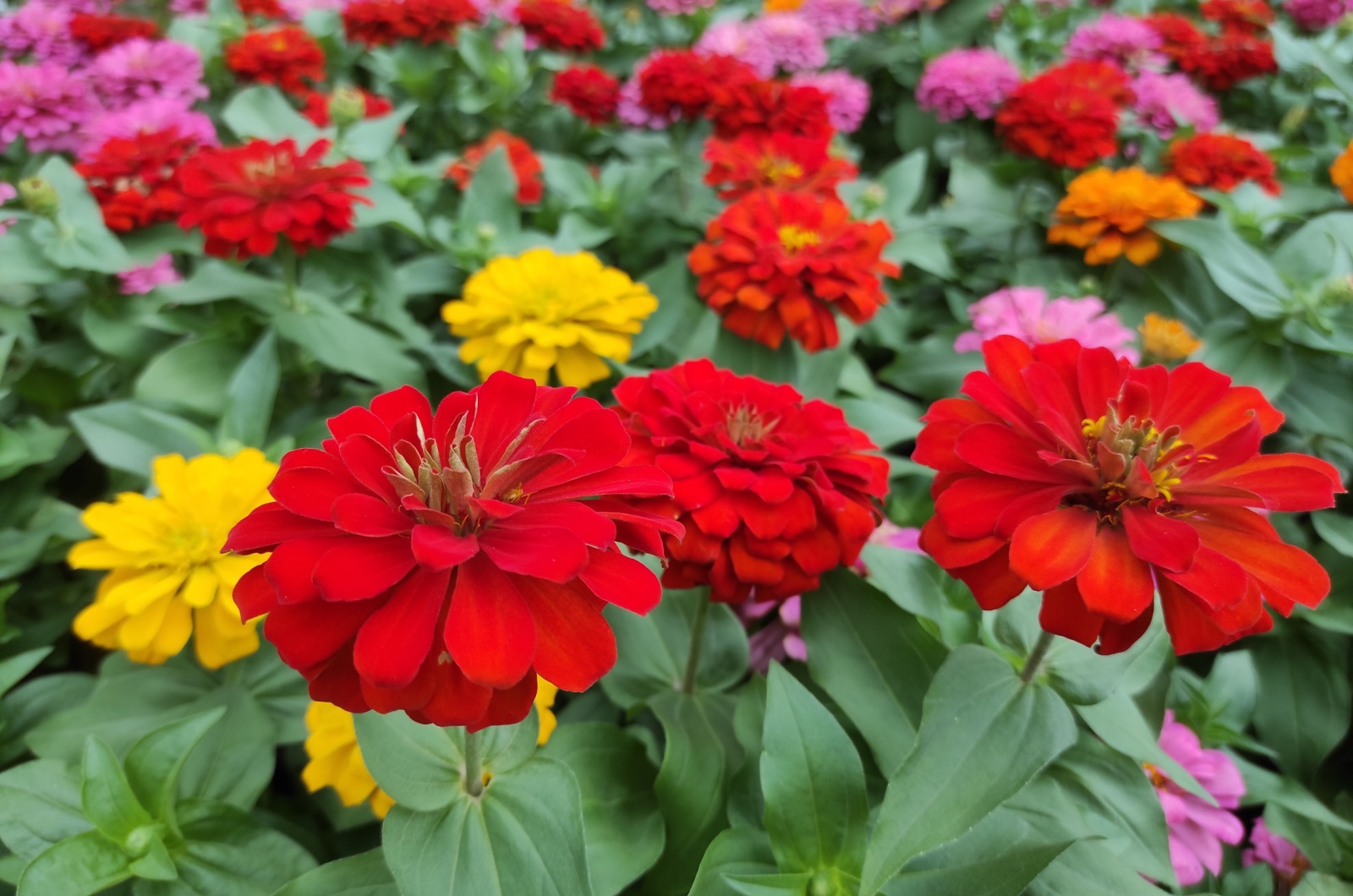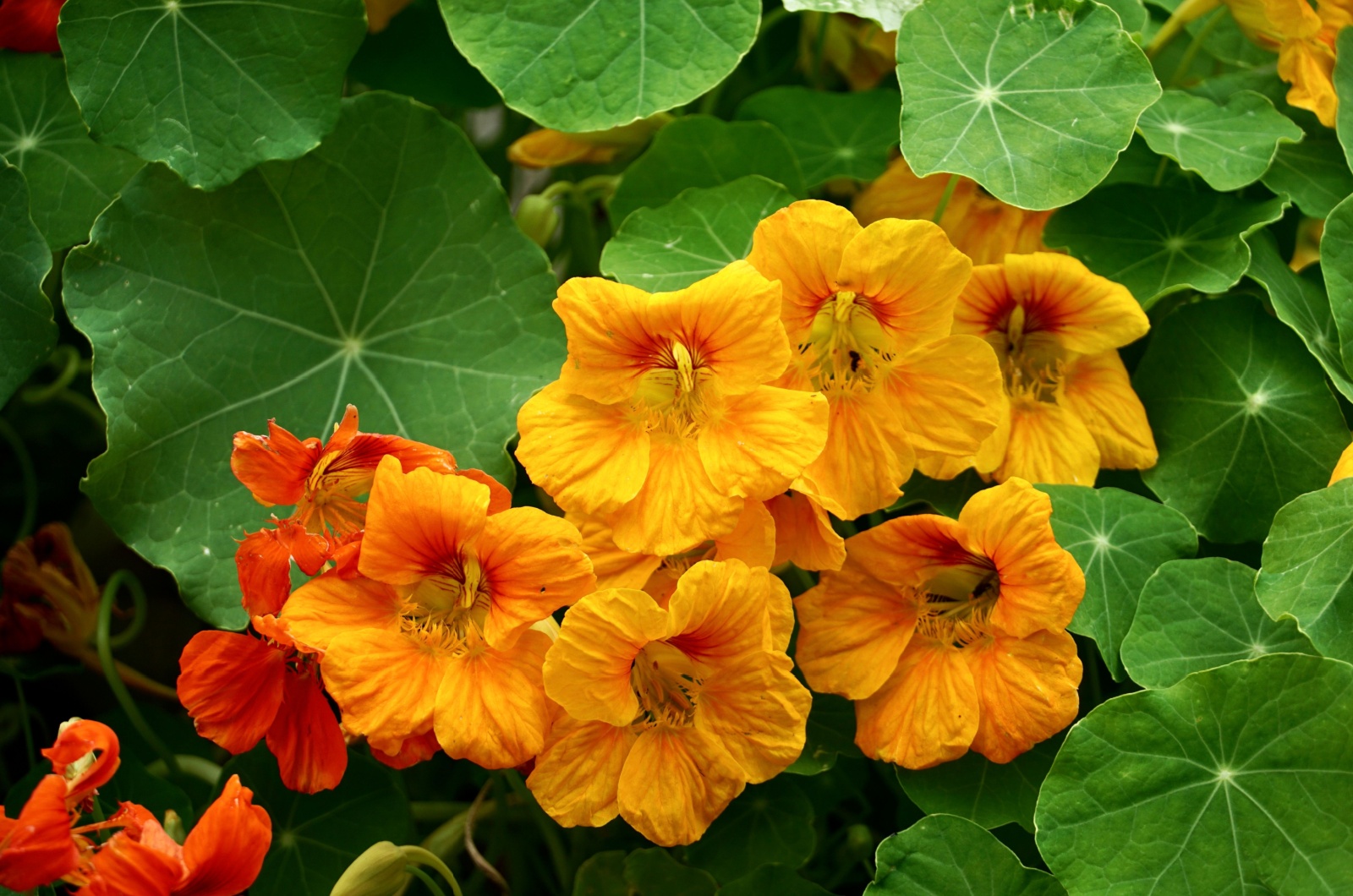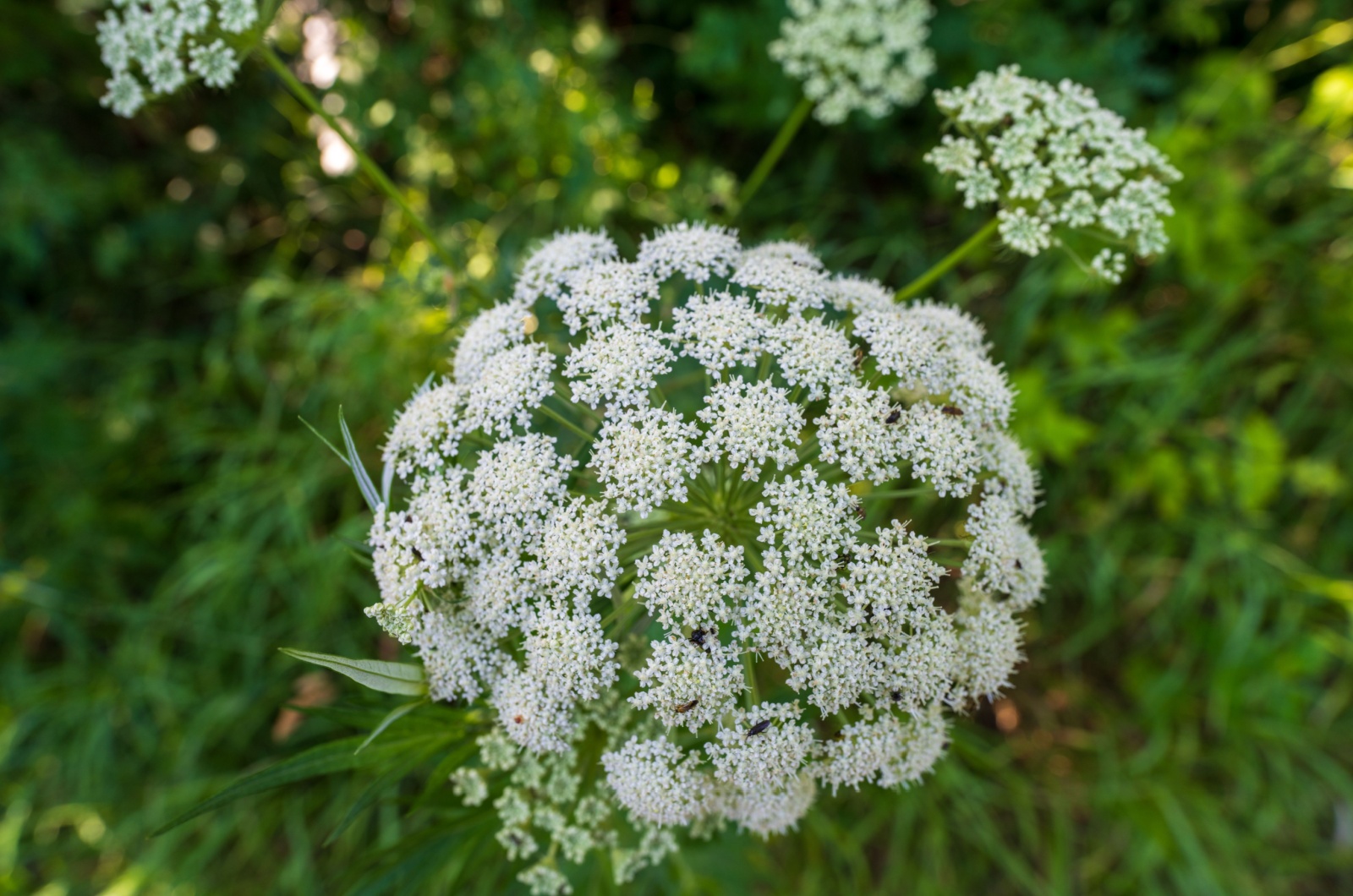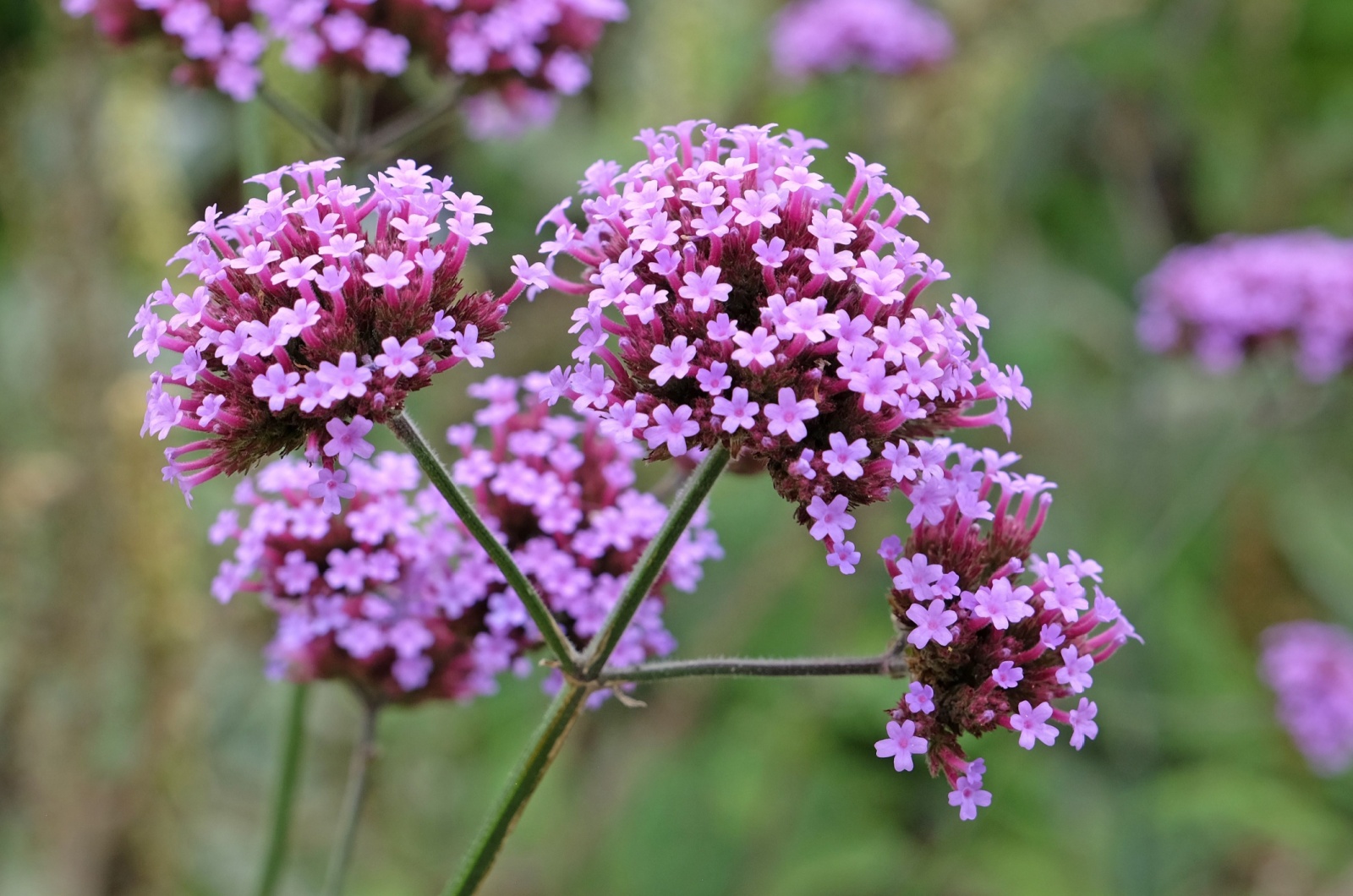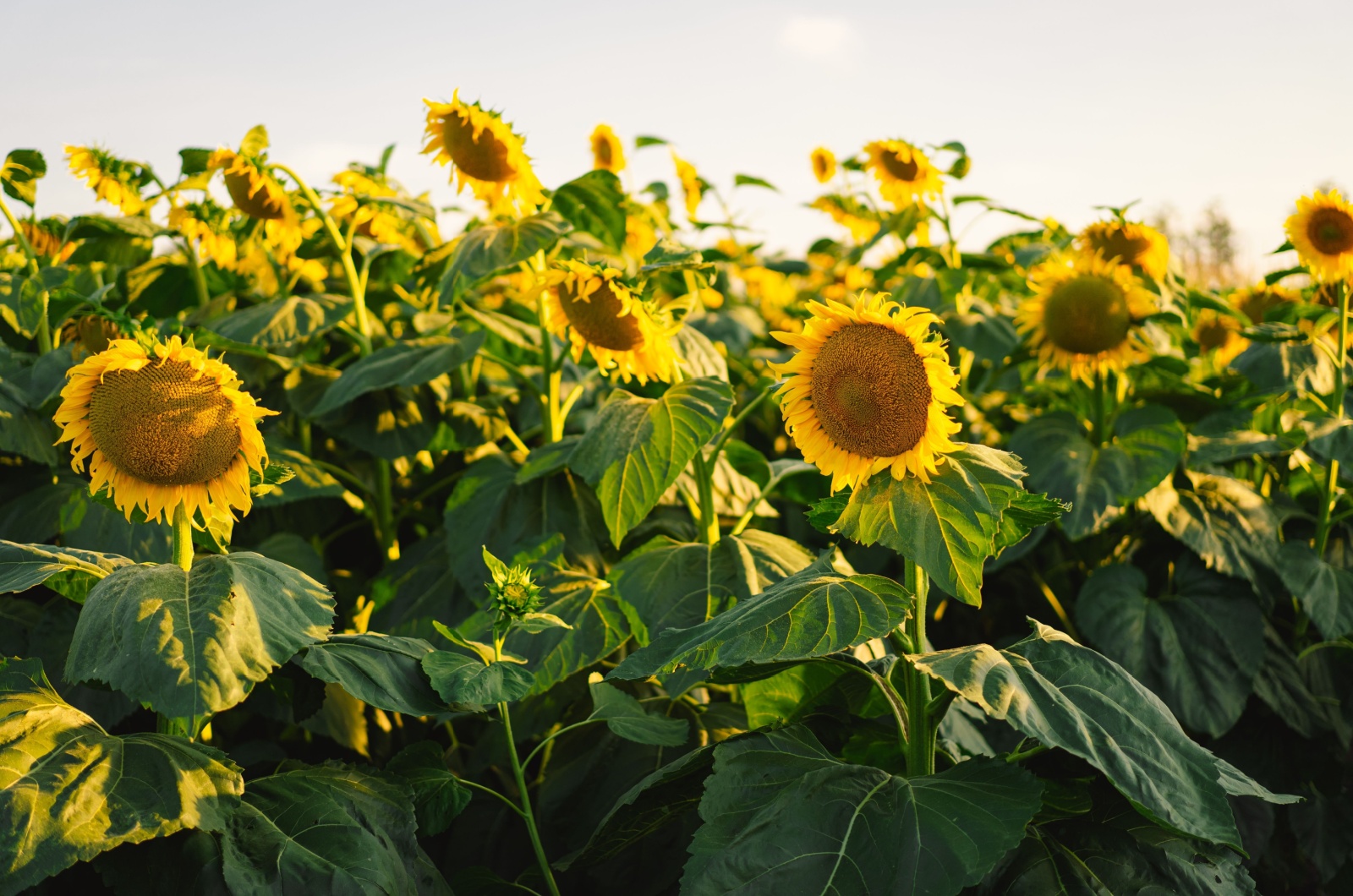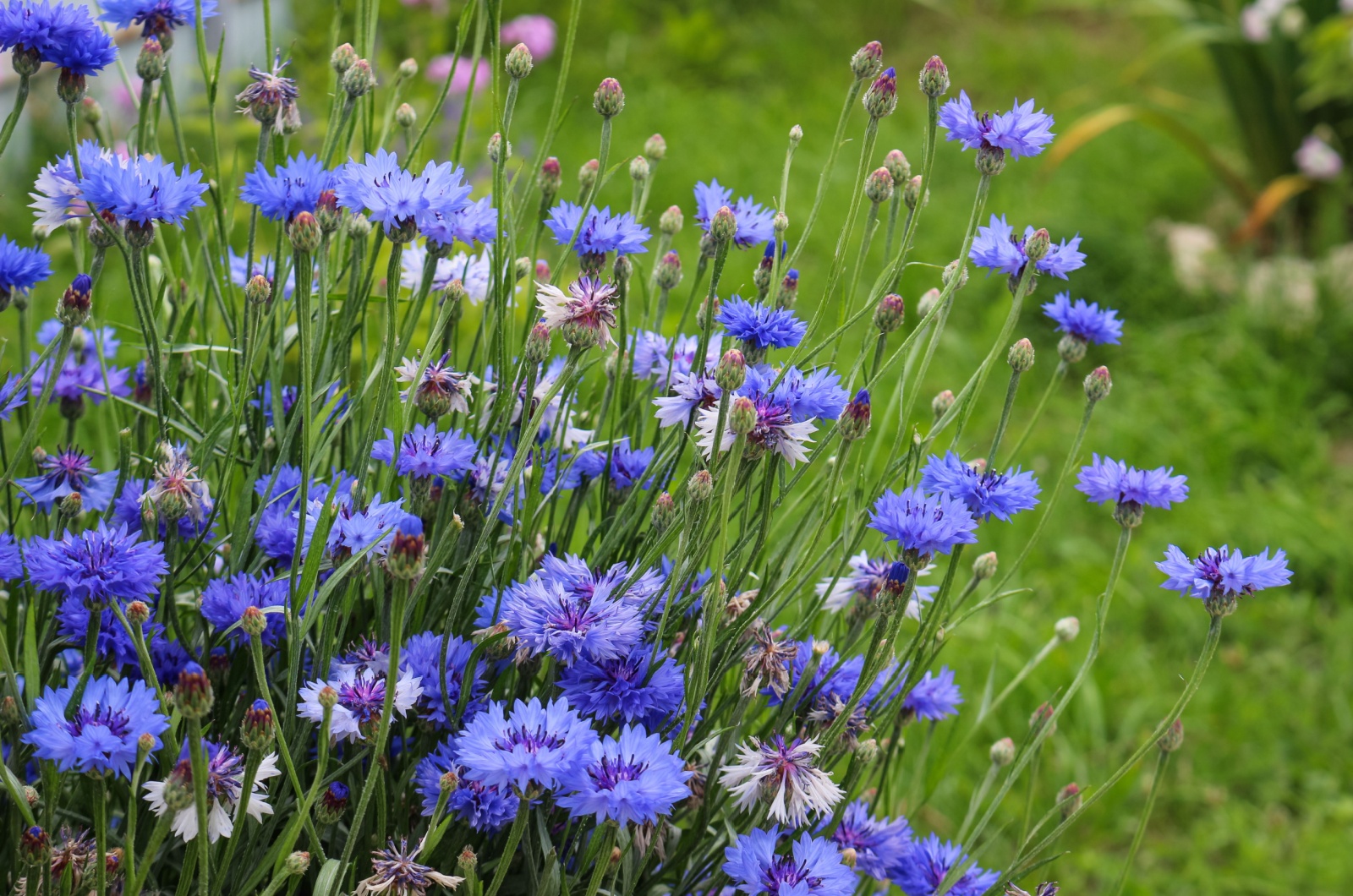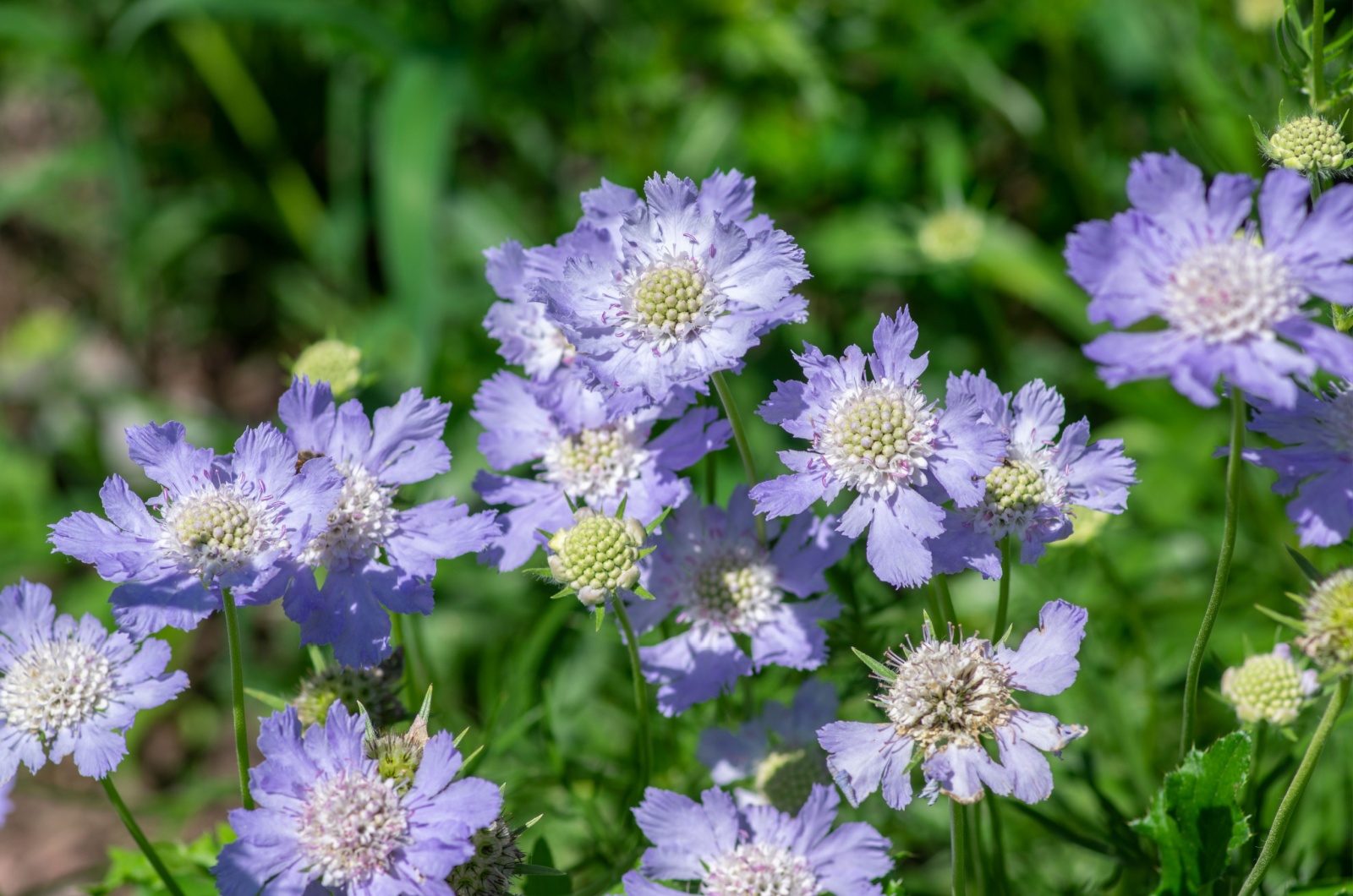May is here, everyone! For some gardeners, this is the last chance for sowing their favorite bloomers. The danger of frost has passed in the majority of US regions and our gardens will soon have a gorgeous flower display!
If you’ve already started some blooming plants indoors, May is the perfect time to transplant them outdoors.
But some flowers do best if planted directly in the ground, and May seems to be their month.
So, if you’re ready to paint your garden with vibrant blossoms, let’s find something for you:
1. Zinnias For A Riot Of Color
These Mexican natives adorn gardens worldwide and their splendid colors will cheer up any outdoor space.
You can start your zinnia seeds directly outdoors and they’ll start germinating quickly. I use the standard technique: scattering the seeds over pre-moistened and well-prepared soil.
I also cover the seeds lightly with compost to give them a nutrient boost. If you don’t have a lot of space in your garden, don’t worry, zinnias do just fine in pots!
2. Nasturtiums For Cottage Gardens
Here’s another garden classic, the captivating nasturtium! They’ll add a special touch of beauty to your garden but that’s not the only reason why you should plant them.
Remember that nasturtiums make excellent companions and both leaves and flowers are edible!
I use these plants to fill gaps in my borders and they perform well in pots. If you have issues with annoying pests, plant nasturtiums and they’ll keep them at bay!
For hanging baskets and trellises, choose trailing nasturtiums and enjoy the cascading beauty.
3. Bishop’s Flowers For A Pollinator Sanctuary
The name may be weird but Bishop’s flowers make a perfect choice for gardens. These are annual plants and they typically don’t exceed 3 feet tall.
Their tiny white blooms form into clusters and they’re true magnets for pollinators and beneficial insects. Getting a pollinator garden has never been easier!
I reserved one flower bed just for Bishop’s flowers, salvias, and cornflowers to use all their benefits! And of course, to get spectacular visual appeal!
4. Verbena Bonariensis For Vertical Interest
If you have ornamental borders or you’re into a prairie-style planting scheme, I have a perfect plant for you: verbena bonariensis! This isn’t a common plant and will help you get a unique visual interest.
Butterflies adore these verbenas, and that’s yet another benefit.
Moist but quick-draining soils work best for bonariensis species. Even though they prefer full sun, they can tolerate partial shade. I didn’t notice any difference between my sun-bathed verbenas and those growing in partial shade!
5. Sunflowers For A Sun-kissed Haven
Nothing screams summer like sunflowers! But for a gorgeous sunflower bloom display, you need to sow the seeds in May.
If you prefer larger varieties for flower arrangements, I recommend American Giant. Shorter varieties, such as Moulin Rouge, also make great cut flowers.
I have to warn you about snails and slugs because these tiny creatures enjoy munching on sunflowers and, in more serious cases, can even destroy them. I keep pests at bay with sunflower companions, such as marigolds and alliums.
One more thing, tall sunflowers may break if not staked, so make sure you provide them with vertical support!
6. Get A Touch Of Elegance With Cornflowers
You would think that roses and hydrangeas add elegance to gardens, but for me, cornflowers are the best! There’s just something about them that captures the essence of natural grace and effortless charm.
But hurry up if you want to see your cornflowers in bloom this year! May is the last month to sow them.
Things get easier after planting because cornflowers are one of the easiest plants to grow out there!
They’re drought-resistant, aren’t sensitive to pests and diseases, and they have a long blooming season! What a remarkable gift of nature!
7. Scabious For Container Gardens
And our list ends with the pretty uncommon, yet no- less gorgeous, scabious. They produce splendid pink, blue, and purple blooms that are true magnets for butterflies.
Some varieties, such as Butterfly Blue, are classified as hardy perennials and they’ll come back year after year without you putting in any effort.
Atropurpurea varieties are pretty delicate and the safest way is to grow them as annuals.
Even though scabious can be directly sown, I start mine indoors and transplant the young seedlings when temperatures increase in May.
Ready to make your neighbors green with envy? Start these bloomers in May and witness the magic!

